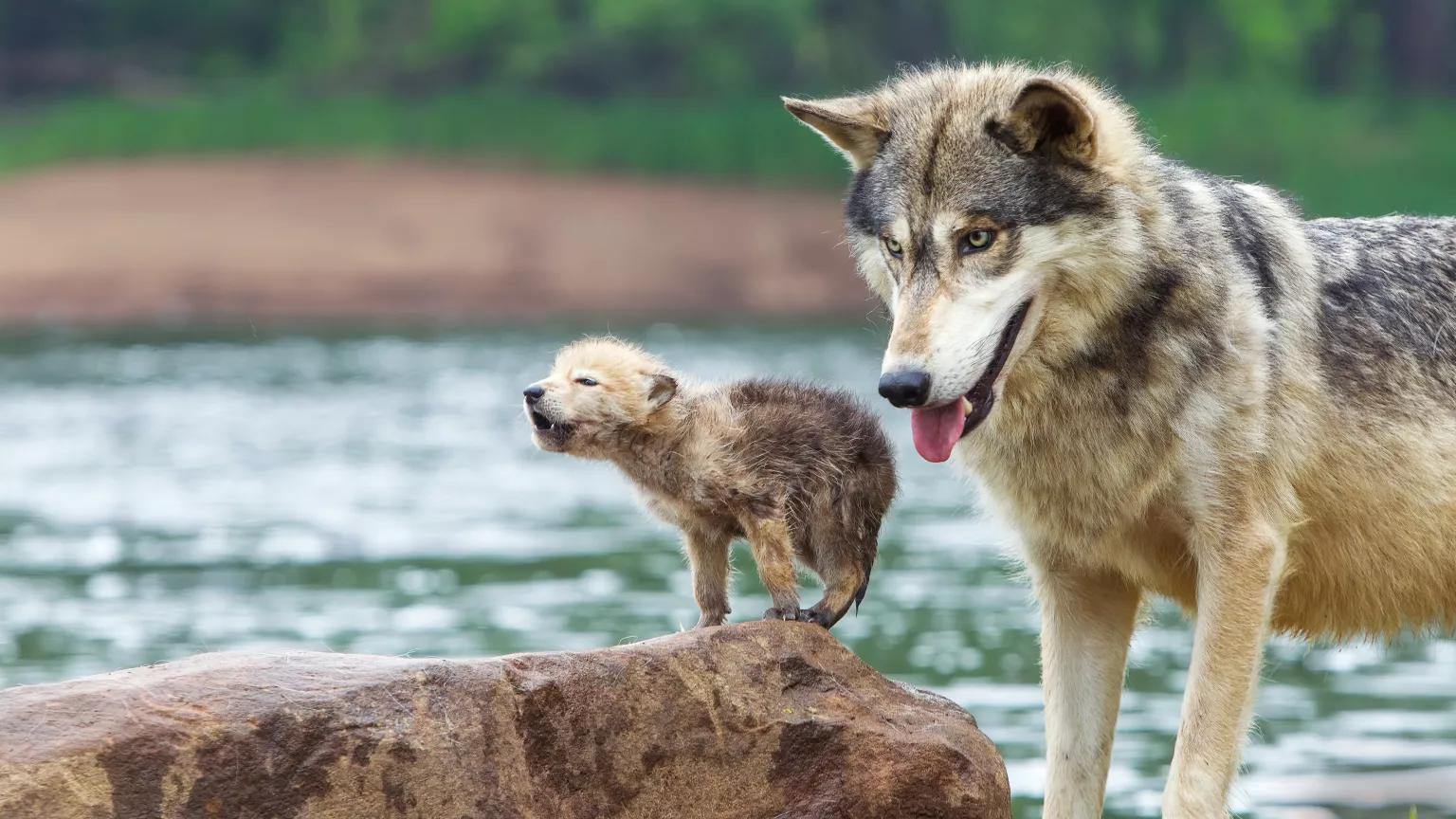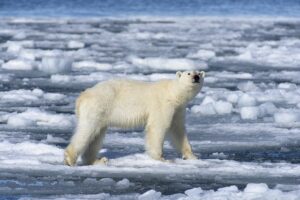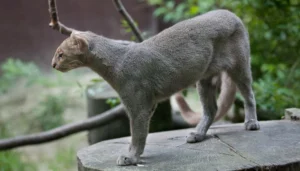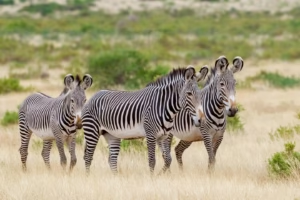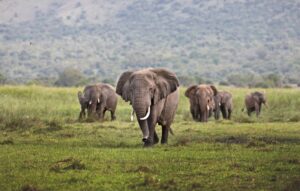I’ll never forget the day I stumbled upon a documentary about the vaquita, that tiny porpoise in the Gulf of California, teetering on the edge of extinction. As a kid growing up in a suburban neighborhood, wildlife felt distant—something from National Geographic pages or zoo visits. But watching those graceful creatures get tangled in illegal fishing nets hit me hard, like a punch to the gut. It sparked a fire in me to learn more, and eventually, to act. Fast-forward to today, and I’ve volunteered at local wildlife refuges, planted native gardens, and even lobbied my representatives for stronger protections. Protecting endangered species isn’t just for scientists or activists; it’s something we all can dive into, one small step at a time. In this article, we’ll explore practical ways to make a difference, from daily habits to bigger commitments, all while weaving in the why and how. Whether you’re a busy parent, a student, or someone just curious, there’s a role for you in this vital fight. Let’s turn awareness into action and ensure future generations get to marvel at the world’s incredible biodiversity.
Understanding Endangered Species
Endangered species are those at high risk of extinction in the wild, often due to human activities like habitat destruction or pollution. Think of icons like the giant panda or the Amur leopard—animals whose numbers have plummeted alarmingly. Protecting them means safeguarding entire ecosystems, as each species plays a unique role in nature’s balance.
What Makes a Species Endangered?
Factors like habitat loss from deforestation, climate change altering weather patterns, and poaching for illegal trade push species to the brink. For instance, the black rhino has suffered from horn poaching, reducing populations drastically. Understanding these threats helps us target our efforts effectively.
Why Should We Care About Protecting Them?
Beyond moral reasons, endangered species contribute to biodiversity, which supports human life through pollination, clean water, and medicine. Losing them disrupts food chains and could lead to unforeseen consequences, like increased disease spread. It’s about preserving the web of life we all depend on.
Everyday Actions You Can Take at Home
Simple changes in your routine can have a ripple effect on wildlife conservation. Start small, like reducing plastic use to prevent ocean pollution harming marine turtles. These habits build momentum and inspire others around you.
Reduce Your Environmental Footprint
Cut down on single-use plastics by using reusable bags and bottles, as they often end up in habitats where animals mistake them for food. Opt for energy-efficient appliances to lower your carbon emissions, helping combat climate change that affects polar bears’ ice habitats. Small tweaks like these add up to big wins for endangered species.
Make Your Yard Wildlife-Friendly
Plant native flowers and shrubs to attract pollinators like bees, which are crucial for many endangered plants and animals. Avoid pesticides that harm insects and birds; instead, let nature handle pests. Creating a bird bath or leaving leaf litter provides shelter, turning your space into a mini sanctuary.
Here are some easy, actionable steps to get started:
- Learn about local endangered species: Use apps like iNaturalist to identify and report sightings in your area.
- Recycle properly: Prevent habitat pollution by sorting waste and supporting recycling programs.
- Drive less: Bike or carpool to reduce emissions contributing to climate shifts.
- Buy sustainable products: Choose items certified by the Forest Stewardship Council to avoid supporting deforestation.
- Slow down in wildlife zones: Reduce roadkill by obeying speed limits near habitats.
- Avoid exotic pets: Many come from illegal trade, depleting wild populations.
- Conserve water: Fix leaks and use rain barrels to preserve aquatic ecosystems for species like salmon.
- Switch to LED bulbs: Save energy and reduce the need for power plants that disrupt habitats.
- Participate in cleanups: Join beach or park events to remove trash endangering animals.
- Educate your family: Share fun facts over dinner to build a household conservation mindset.
I once turned my tiny balcony into a pollinator haven with wildflowers, and within weeks, butterflies fluttered in—it felt magical, like I was part of something bigger.
Supporting Conservation Organizations
Partnering with established groups amplifies your impact through their expertise and resources. Organizations like WWF focus on global efforts, from anti-poaching patrols to habitat restoration. Donating or volunteering connects you to a network fighting for species survival.
Choosing the Right Organization
Look for transparent groups with proven track records, such as those rated highly by Charity Navigator. Focus on ones aligning with your interests, like marine conservation if oceans call to you. Supporting them ensures funds go directly to on-the-ground work.
Ways to Contribute Beyond Money
Volunteer for field projects or online campaigns if travel isn’t feasible. Share their stories on social media to raise awareness, or organize fundraisers in your community. Every share or event can recruit more allies in the cause.
| Organization | Key Focus Areas | How to Help | Website |
|---|---|---|---|
| World Wildlife Fund (WWF) | Habitat protection, anti-poaching, species recovery | Donate, adopt symbolically, volunteer | wwf.org |
| U.S. Fish & Wildlife Service | Endangered Species Act enforcement, habitat restoration | Report sightings, support grants | fws.gov |
| Endangered Species Coalition | Advocacy, education, policy influence | Join activist network, sign petitions | endangered.org |
| International Fund for Animal Welfare (IFAW) | Wildlife rescue, anti-trade efforts | Sponsor rescues, attend events | ifaw.org |
| National Wildlife Federation | Policy defense, climate-smart conservation | Advocate for funding, plant native gardens | nwf.org |
Pros of donating to these orgs: Direct impact on species like tigers through expert-led projects; tax deductions; sense of community. Cons: Funds might not always reach 100% due to admin costs, though top ones minimize this.
Advocacy and Getting Involved in Policy
Influencing laws ensures long-term protection for endangered species. The Endangered Species Act (ESA) has saved icons like the bald eagle from extinction. Your voice in policy can strengthen such frameworks against threats like habitat loss.
Contacting Your Representatives
Write emails or call about bills supporting wildlife funding, like the Recovering America’s Wildlife Act. Share personal stories to make your plea resonate. Consistent advocacy pressures lawmakers to prioritize conservation.
Joining Grassroots Campaigns
Participate in petitions or rallies organized by groups like Defenders of Wildlife. Online tools make it easy to sign and share, building momentum for change. It’s empowering to see collective action lead to victories.
Compare individual vs. policy-level actions: Personal habits like reducing plastic use help locally but can’t stop large-scale poaching alone. Policy changes, however, enforce protections nationwide, making them more scalable—though they require group effort.
Education and Spreading Awareness
Knowledge is power in conservation; teaching others multiplies your impact. Start conversations at work or school about threats like climate change. Sharing facts humanizes the issue, turning passive observers into active protectors.
Teaching Kids About Endangered Species
Use fun activities like drawing animals or visiting zoos with conservation programs. Books and apps make learning engaging, fostering a new generation of stewards. It’s heartwarming to see a child’s eyes light up over a story about saving pandas.
Using Social Media for Good
Post infographics or videos about success stories, tagging influencers to amplify reach. Hashtags like #EndangeredSpeciesDay build communities. Humor helps too—who wouldn’t chuckle at a meme about recycling to save turtles from thinking plastic is jellyfish?
I recall sharing a post about vaquitas that went viral in my circle; it led to friends donating, proving one share can spark a chain reaction.
Where to Get Involved Locally
Finding nearby opportunities connects you directly to conservation. National parks and refuges offer volunteer programs for habitat restoration. Check sites like VolunteerMatch for events in your area, from cleanups to surveys.
Visiting Wildlife Refuges
Explore places like those managed by NOAA Fisheries for educational tours and volunteer days. These spots protect species like sea turtles and provide hands-on ways to contribute. It’s a refreshing escape that benefits nature.
Community Groups and Events
Join local chapters of organizations for cleanups or planting days. Events like Endangered Species Day rallies build networks. Navigational tip: Use volunteermatch.org to search by zip code for tailored opportunities.
Best Tools and Resources for Conservation
Equip yourself with apps and gear to aid efforts. Tools like the WWF Together app track species and suggest actions. For transactional needs, consider eco-friendly products from sustainable brands.
Top Apps for Tracking and Reporting
Use Seek by iNaturalist for identifying species and contributing data to scientists. Merlin Bird ID helps with birdwatching, supporting monitoring. These free tools turn your phone into a conservation powerhouse.
Books and Online Courses
Read “The Sixth Extinction” by Elizabeth Kolbert for deep insights, or take Coursera courses on biodiversity. Resources like khanacademy.org offer free lessons, making expertise accessible.
Pros of using apps: Real-time data sharing, fun engagement. Cons: Privacy concerns with location tracking, but most are secure.
People Also Ask
What can the average person do to help endangered species?
As an average person, you can reduce waste, support sustainable products, and volunteer locally. Donate to organizations like WWF and advocate for policies. These steps collectively make a significant difference.
Why save endangered species?
Saving them maintains biodiversity, which supports ecosystems providing clean air, water, and food. It prevents chain reactions like crop failures from lost pollinators. Emotionally, it preserves nature’s wonder for future generations.
How does the Endangered Species Act protect animals?
The ESA lists species, designates critical habitats, and prohibits harm. It funds recovery plans and has delisted successes like gray whales. It’s a legal shield against extinction threats.
What are some success stories in species recovery?
The California condor was brought back from 27 individuals through breeding programs. Green sea turtles in Florida have rebounded due to protections. These show conservation works with effort.
FAQ
How can kids help protect endangered species?
Kids can draw posters, start school clubs, or fundraise through lemonade stands for organizations. Learning via games and avoiding products from endangered animals builds habits early. It’s fun and impactful.
What’s the biggest threat to endangered species?
Habitat loss from development and agriculture tops the list, followed by climate change and poaching. Addressing these requires global cooperation, but individual actions like sustainable shopping help mitigate them.
Are there free ways to support conservation?
Absolutely—volunteer at refuges, share awareness online, or plant native gardens. Signing petitions and reporting wildlife sightings cost nothing but time, yet drive real change.
How effective is symbolic adoption?
It funds specific projects while educating adopters. For example, WWF’s adoptions support tiger patrols. It’s a heartfelt way to connect personally with conservation.
Can technology help save endangered species?
Yes, AI monitors poachers via cameras, and drones survey habitats. Apps like those from NOAA aid reporting, making tech a powerful ally in protection efforts.
In wrapping up, remember my vaquita story—it started with one documentary but led to lifelong passion. Protecting endangered species is about collective small acts creating waves of change. Whether planting a flower or signing a petition, your role matters. Let’s commit to a world where no species fades away on our watch. For more on wildlife basics, check our guide to biodiversity. Together, we can rewrite the narrative from loss to hope.
(Word count: 2,856)
